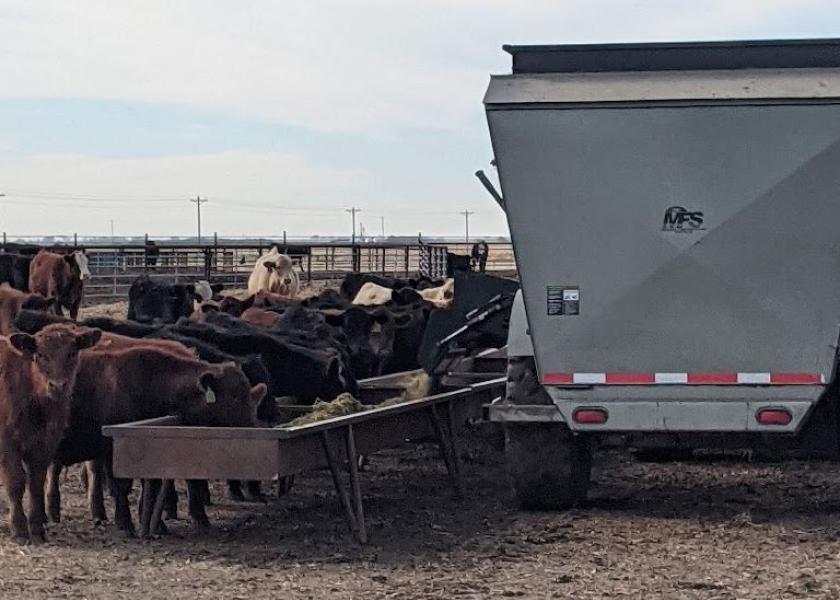Thirty Calves Found Dead in Two Hours; Producer Seeks Answers

When a group of 35 calves turns into 30 deads just two hours after being fed, the cattle producer needed to find answers.
In a recent Bovine Science with BCI Tox Talk podcast, Dr. Scott Fritz, a board-certified toxicologist at Kansas State University (KSU), and Brad White, DVM, director of KSU's Beef Cattle Institute discuss this toxicology case and the answers that were found.
The producer, located in eastern Kansas, annually received cattle from Georgia. These cattle were often pieced together from various sale barns and would be considered a high-risk group. However, the producer hadn’t had any trouble in years past. He kept a large group of them together and sorted off 35 of the lighter calves to be fed a couple miles down the road.
During the first week with the calves, the producer had no issues or signs of cattle disease or stress. However, on day seven, everything changed.
On this fatal day, the producer received a new shipment of commercial, creep-type feed product, including some cracked corn, distillers grains, commercial pellets, Monensin, and some nonprotein nitrogen sources, probably urea, says Fritz.
Calves were then fed the new feed around 5:30 p.m. When a neighbor drove by just two hours later, a substantial number of the calves had already died.
As these calves were considered high risk and had traveled halfway across the country just one week before, bovine respiratory disease (BRD) is always a possibility, says White. However, the large reaction in a short time likely means there was another factor.
Fritz adds, “There's a lot of things that could be going on here. Thirty to 35 calves died within a couple of hours. There's not a lot of infectious diseases that will do that. So, that kind of clues us in that there's some point-source exposure going on there.”
The remaining calves showed signs of respiratory distress and salivation, while other calves were bloated—signs lead towards a toxin in the feed.
After a necropsy (post-mortem exam) and examining submitted formalin fixed samples, including heart, skeletal muscle, lung and kidney organs, as well as feed sample testing, the cattle were found to have severe pulmonary edema and an older, inactive bronchopneumonia. However, there were no lesions in the heart and skeletal muscle, which is what we would expect in this case, Fritz notes. Additionally, the feed sample test initially came back normal with no levels or concentrations of concern.
The remaining live calves had more chronic lung issues and as they died, the diagnostics lab claimed it was due to BRD. However, Fritz knew this could not be the initial cause of death. There had to be a more prominent factor.
As more samples and tests were run on the calves with no “ah-ha” moment, Fritz decided to dig further into the feed. After visiting the cattle site and attaining more of the feed sample, Fritz decided to quantify the urea.
The urea concentration was found to be 10 times over the recommended amount. “It was a substantial overdose,” Fritz explains, causing urea toxicosis.
So, what steps should a producer take in this type of situation?
First and foremost, remove the remaining cattle from feed, says White. Additionally, retain at least two feed samples, one to send to a lab and the other to keep on-site in a safe, secure place. Keep a log detailing the feed information, where and when it was received, etc.
Secondly, tissue samples are invaluable to a diagnostic lab. While formalin fixed tissue is great, fresh is better. In this specific case, ocular fluid, or at least one eyeball, would have led to a faster diagnosis, Fritz adds. Additionally, the liver and kidney organs, as well as the brain often provide answers in these situations.
How could the producer have avoided this issue?
While hindsight is always 20/20, in this case, testing a feed sample prior to feeding would have proved most valuable. In this case, an error at the feed mill caused the high urea concentration and ultimately caused the urea toxicosis.
The full Bovine Science with BCI Tox Talk podcast can be found here.







